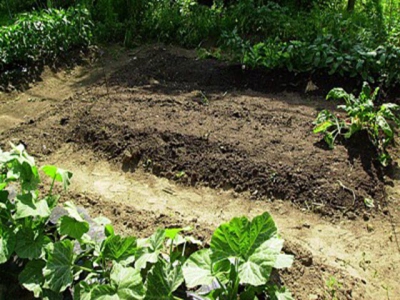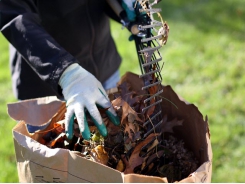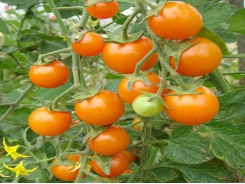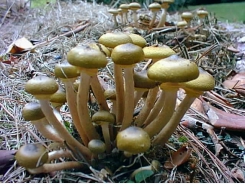Expert Advice for Green House Gardening – Making a Hot Bed

Green House Gardening
Making a Hot Bed
Making hot beds is a form of green house gardening but without the green house. Frame beds provided with bottom heat will bring crops to maturity long before their normal season. Heat can be produced by using a mixture of animal manure and leaves. The origin of this method is based on the observation that a stacked heap of fermenting dung becomes very warm.
Fresh stable manure containing a proportion of straw provides the greatest degree of heat over the longest period. Although horse manure is not plentiful and to buy is expensive, it is ideal for raising early plants such as cabbages, cauliflowers, carrots, leeks, marrows, radishes, melons and similar subjects. Aubergines and sweet corn can also be raised on a hot bed where a greenhouse is not available. Hot beds cool off gradually and this encourages the production of sturdy plants which seldom run to seed.
The site chosen for the bed should be sheltered from cold winds with a water supply fairly near. Although beds can be made on normal ground level, if soil is taken out for about 30cm the bed will retain heat better. This should not be done on heavy ground, or in such positions where water is liable to drain.
The idea is to build a flat topped heap of well trodden manure at least 60cm high. A good mixture consists of three quarters of manure and a quarter of leaves well mixed together. This can be relied on to produce a temperature of l5 to 17°C for a period of five or six weeks. If fresh manure is scarce use equal parts of fresh and old manure and leaves. These will produce a temperature of 10 to l2°C. lasting for seven or eight weeks. Liquid manure added to the heap will increase the heat.
After the heap has been well trodden down it should be watered if the manure is dry and boards to form the frame erected. The beds should overlap the boards by 8cm all round.
Wait a few days before putting on the frame lights to allow ammonia fumes to escape. Before doing so, place a layer of good fine soil on top of the heap. It is into this that the seeds will be sown. The heat from the rotting manure and leaves warms the soil and is trapped by the frame lights, so turning the frame into a little ‘hothouse’.
Sowing can be done about six days after the lights are put on. As a means of retaining heat for a longer period, fresh horse manure can be placed against the outside boards.
Related news
Tools

Phối trộn thức ăn chăn nuôi

Pha dung dịch thủy canh

Định mức cho tôm ăn

Phối trộn phân bón NPK

Xác định tỷ lệ tôm sống

Chuyển đổi đơn vị phân bón

Xác định công suất sục khí

Chuyển đổi đơn vị tôm

Tính diện tích nhà kính

Tính thể tích ao









 IPM for cabbage aphids
IPM for cabbage aphids  How to Treat Common Plant…
How to Treat Common Plant…